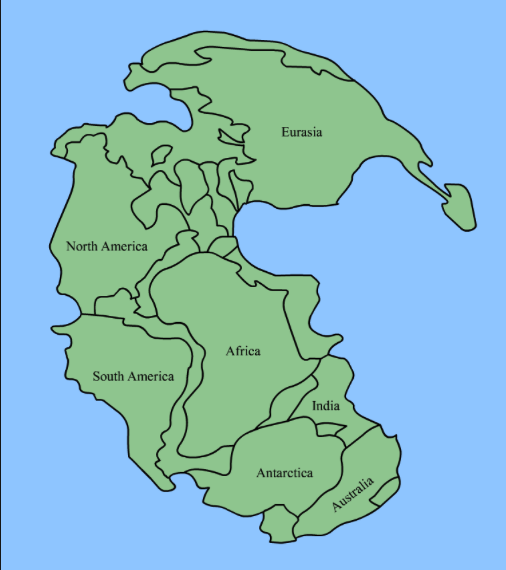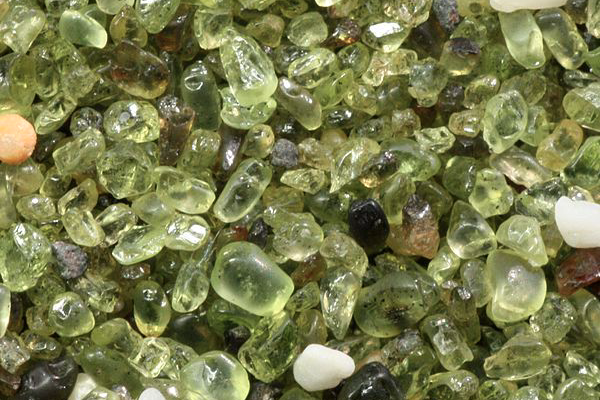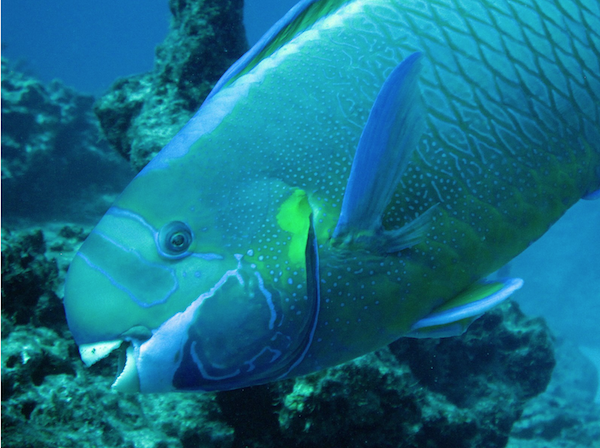Balanced and Unbalanced Forces
Forces acts on one particular object with both a strength and a direction. An object at rest typically has multiple forces acting on it, but they add to give zero net force on the object. Forces that do not sum to zero can cause changes in the object’s speed or direction of motion. For example, when the ocean is still in a particular area, the forces are balanced and the sand will remain on the beach. If the energy stored in waves is active and the waves are strong, the beach may experience erosion as the sand particles are pulled off shore. Depending on the strength of the waves, the erosion on a beach may be more or less severe.
The Force of Waves

Most ocean waves are caused by wind (see The Forces of Wind topic). The type of waves tend to change with seasonal changes in wind. For example, during the winter, waves on the northern shores of the Hawaiian islands can be very large. The force of these large winter waves pry sand and rocks from the shore and carry them into deeper waters. In contrast, small summer waves on the northern Hawaiian shores are gentle, but the force of them helps to return sand and rocks back to shore. The opposite is true of southern shores in Hawaiʻi, which tend to have higher swells in the summer than in the winter.
Waves are strong. The force of waves can carry people, plants, animals, and trash (Fig. 1). The force of waves can also cause dramatic change to the beach and shore. Large, storm waves can pull the sand from a beach! Small waves can slowly build up and washing away of sand on a beach.
Wave-Coast Interactions
The study of wave and beach interactions contributes to our understanding of the processes of erosion (loss) and accretion (buildup). Sand erosion is often a problem for property owners because it removes valuable property (Fig. 2). Sand accretion can also be a problem; for example, a sandbar can block boat channels, and sand deposits can fill harbors.
In an undisturbed coastal area, sand stored on the low-lying coastal plain is released to the beach as sea level rises. This allows the beach to maintain a wide sandy shoreline even as a sinking island or rising sea level causes the beach to migrates landward. However, the hardening of the shoreline, which is the construction of vertical seawalls and revetments to protect coastal lands from marine erosion, protects the immediate area for a limited time but ultimately causes erosion by preventing waves from accessing sandy reservoirs (Fig. 3).
Studies conducted at the University of Hawai‘i show that hardening the shoreline of Oʻahu has caused 10.7 miles of beach to narrow and 6.4 miles to be lost. This is ~24% of the 71.6 miles of originally sandy shoreline on Oʻahu. The loss of beaches not only negatively impacts human activities and property but also affects the environment by smothering local marine life with eroded sediment and causing sewage spills into nearshore waters. In order to save beaches, scientists recommend replenishing sand, keeping coastal areas free of hardened structures and requiring large setbacks of new development. See the example photo taken at central Kailua beach on Oʻahu, showing adjacent property lots with sufficient and insufficient setback (Fig. 4).
The main causes of coastal erosion are:
- High waves and currents
- Human impacts
- Sea level rise





















